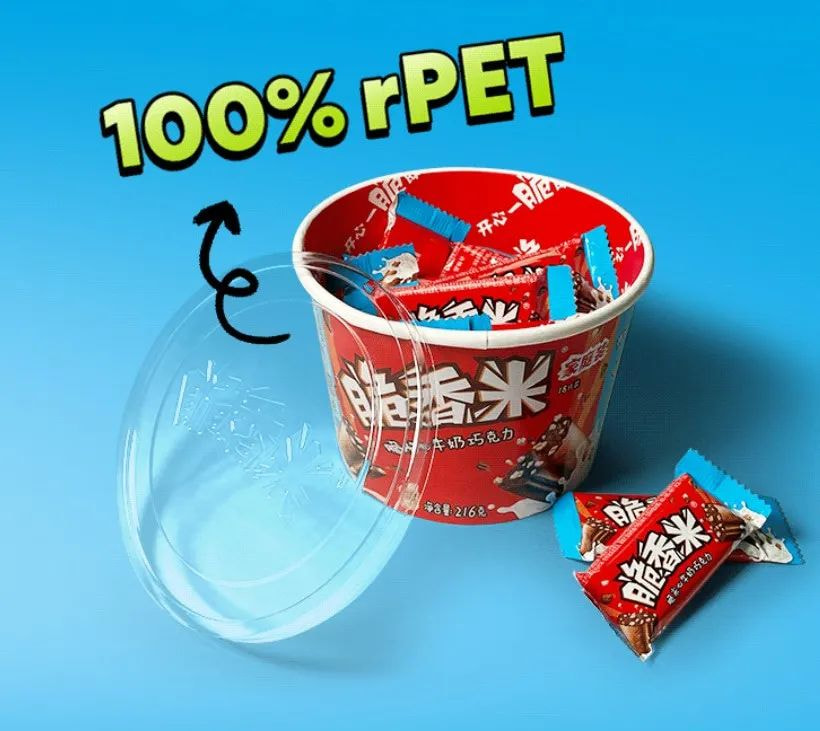Recycled Polyethylene Terephthalate, or RPET, fabric is an eco-friendly textile derived from recycled plastic bottles. As sustainability gains prominence in the textile industry, RPET fabric has become a popular choice for environmentally conscious consumers and businesses. Here's what you should know about RPET fabric:
**1. Sustainable Sourcing: RPET fabric is made by collecting and recycling post-consumer PET plastic bottles. This process helps divert plastic waste from landfills and contributes to the reduction of environmental impact associated with traditional polyester production.
**2. Production Process: The production of RPET fabric involves several key steps. First, collected PET bottles are cleaned and sorted. The bottles are then shredded into small pieces, melted, and transformed into yarn. This yarn is used to weave or knit fabric, creating a versatile material suitable for various applications.
**3. Versatility: RPET fabric is highly versatile and can be used to manufacture a wide range of products, including clothing, bags, accessories, and home textiles. Its versatility makes it a valuable choice for brands and designers looking to integrate sustainable materials into their offerings.
**4. Performance and Durability: Despite being recycled, RPET fabric retains many properties of traditional polyester, including durability, strength, and resistance to wrinkles and shrinkage. It is a reliable choice for manufacturers seeking sustainable alternatives without compromising on performance.

**5. Environmental Benefits: The primary environmental benefit of RPET fabric lies in its ability to reduce the demand for virgin polyester, which is derived from non-renewable resources. By using recycled materials, RPET contributes to resource conservation, energy savings, and a decrease in greenhouse gas emissions.
**6. Certifications: Look for certifications that indicate a product's commitment to sustainability. Certifications such as Global Recycled Standard (GRS) and Recycled Claim Standard (RCS) are commonly associated with textiles made from recycled materials, including RPET fabric.
**7. Fashion Industry Adoption: RPET fabric has gained traction in the fashion industry as more brands prioritize sustainable practices. From activewear to casual apparel, many clothing lines incorporate RPET fabric to meet the growing demand for eco-friendly and recycled fashion options.
**8. Consumer Awareness: Educating consumers about the benefits of RPET fabric is essential for its widespread adoption. Labels and product descriptions often highlight the use of recycled materials, helping consumers make informed choices aligned with their sustainability values.
**9. End-of-Life Considerations: RPET fabric is recyclable, contributing to a circular economy. However, challenges may arise in the recycling process due to mixed materials or blends. Proper disposal and recycling infrastructure improvements are crucial for maximizing the environmental benefits of RPET.
**10. Future Outlook: As the textile industry continues to prioritize sustainability, the use of RPET fabric is likely to grow. Ongoing research and innovations in recycling technologies may further enhance the environmental profile of RPET, making it an increasingly integral part of the fashion and textile landscape.
In conclusion, RPET fabric offers a sustainable solution for those seeking environmentally friendly textiles. By understanding its production process, versatility, and environmental benefits, consumers and businesses can actively contribute to a more sustainable and circular fashion



Comments
Please Join Us to post.
0